These are the Die-Hard Tourist places in Nalanda and Pawapuri-Bihar Tourism
Nalanda, Bihar
The Nalanda ancient town is situated in the State of Bihar, India. It comprises the archaeological remains dating from the 3rd century BCE to the 13th century CE. It includes stupas, shrines, viharas – Residential and educational buildings, and important artworks in stone and metal. Nalanda stands out as the most ancient university of the Indian Subcontinent. It engaged in the organized transmission of knowledge over an uninterrupted period of 800 years. The development of Buddhism into a religion and the flourishing of monastic and educational traditions was the main events in the era.
Nalanda Tourism
Nalanda university was a flourishing center of knowledge and attracted a number of students from as far as Persia, Turkey, Greece, China, and Tibet. it is believed that the university premises accommodate up to 10,000 students and 2,000 teachers. The university houses a library where 1000 pieces of literature are kept, found nowhere else in the world. Various subjects like theology, grammar, logic, astronomy, metaphysics, medicine, and philosophy were taught here. Loved by Buddha and Mahavira, and nourished by Ashoka, Guptas, Palas, Kanishka, and Harshavardhan; Nalanda was the pride of India.
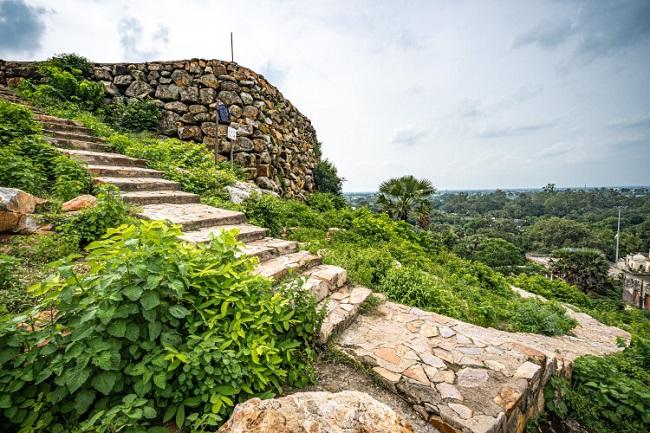
The most famous attraction of Nalanda is its giant stupa. Built-in 7 successive rounds, it originally had a flight of stairs leading up to a terrace. The stupa had been totally covered by earth and resembled a small hillock before the excavations. There are several smaller stupas surrounding the main stupa, which contain the remains of the monks and scholars who once resided at the university premises.
In 1193 AD, an army of Turks under Bakthiyar Khilji attacked and looted Nalanda. Thousands of monks were burnt alive and thousands were beheaded. The great Library was put on fire and its massive collection of books and manuscripts continued to burn for three months. The university went destroyed, only to appear again with its rediscovery in the 19th century. The most popular Mahavihara of ancient times, a significant Buddhist seat of academic excellence Nalanda offers vibrant substance of spirituality, history, culture, architecture, and tourism. The Nalanda is believed to be a cradle of religions. Apart from Buddhism, it is an important center for Jainism, Hinduism, and Sufism as well. Considering the rich heritage and historical importance, it is a hot tourist destination.
The Great Stupa Nalanda Bihar
A UNESCO World Heritage Site, The Great Stupa is the most important monument in Nalanda and consists of its rich cultural heritage on its own. It is believed to have been built by Ashoka, the greatest Mauryan emperor, in memory of Sariputra, a follower of Buddha. The Stupa contains the bones of Sariputra, one of the two chief disciples of Gautam Buddha. The stupa is shaped like a pyramid at the top. The Stupa is flanked by flights of steps and terraces, and beautiful sculptures that give present-day tourists a glimpse into the glorious past. Many of these stupas were built, twice or thrice, one over the other in the same place. It is found during the course of excavation that the very small original structures were later enlarged as temples built above and around the ruins of the former. The stupa that stands today is the result of 7 successive accumulations of the shrine chamber on the top. The Bin Tet Kon stupa in Myanmar is said to be influenced by the Nalanda Stupa.
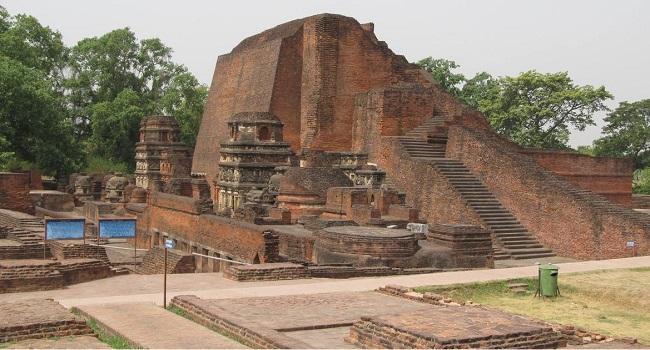
Kundalpur, Nalanda Bihar
Kundalpur has located just 1.6 km from the ruins of Nalanda. The Digambar sect of Jains believes that the 24th and the last Tirthankar, Lord Mahavir, was born in this place. There are many Jain temples in this village. The place is situated in the vicinity of the ancient city of Rajgir and is one of the popular destinations for travelers. The images of 72 Jinas are displayed for offerings in a separate building.
Also, Read- Why Madagascar is a Stunning tourist attraction in east Africa? Know here!
Hiuen Tsang memorial hall
The Hiuen Tsang Memorial Hall was built in memory of the Chinese scholar in the location where he was said to have resided for over 12 years during his time in the country. The memorial hall is home to writings of the scholar about his observations regarding medieval India, which forms the basis of much of the knowledge of that time.
Places To Visit near Nalanda Bihar
Pawapuri
Pawapuri is located at a distance of 13 km from Nalanda, a holy site for the Jains because Lord Mahavira was buried here in 500 BC. He was cremated at the current Jal Mandir, which is a world-famous white marble temple set inside a wide pond. After the cremation had been done, there was a rush to collect the ashes which led to the removal of the soil, resulting in the formation of a pond. the pond was later converted into a lotus pond, and a marble temple named Jalmandir was built in the center of the pond. Various traditional festivals celebrated here include Rajgir Dance Festival and Chhath Puja. Different classical dances are performed in the Rajgir Dance Festival.
Also, read- Why Madagascar is a Stunning tourist attraction in east Africa? Know here!
Pawapuri includes many tourist places- These include Jal Mandir which is built in the middle of the lotus pond, and Gaon Mandir, The place where Lord Mahavira took his last breath. Samosaran temple is the place where Mahavira used to deliver preaching to his disciples. Gunayaji village is located 20 km away from Pawapuri and is the place where Shri Gunayaji Teerth Temple is situated.
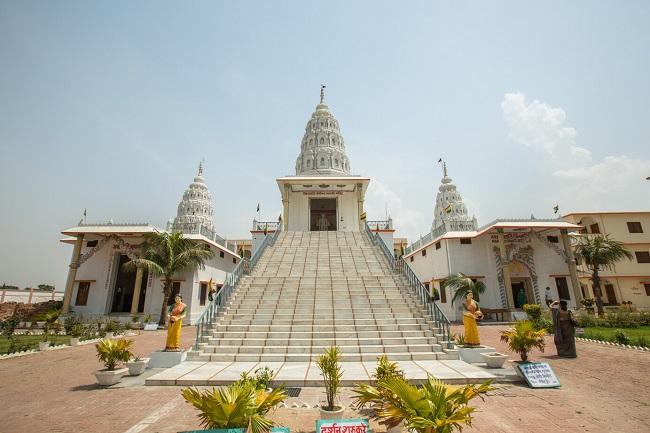
Shankhalipi Inscriptions, Rajgir
The Sankhalipi Inscriptions are seen to be inscribed on the rocky terrain. There are two parallel marks near the inscriptions which are said to have been made by the wheels of Sri Krishna’s Chariot. The inscriptions are of great cultural significance, as well as a tourist destination. These inscriptions provide a better insight into the society of the time during the Mahabharata era.
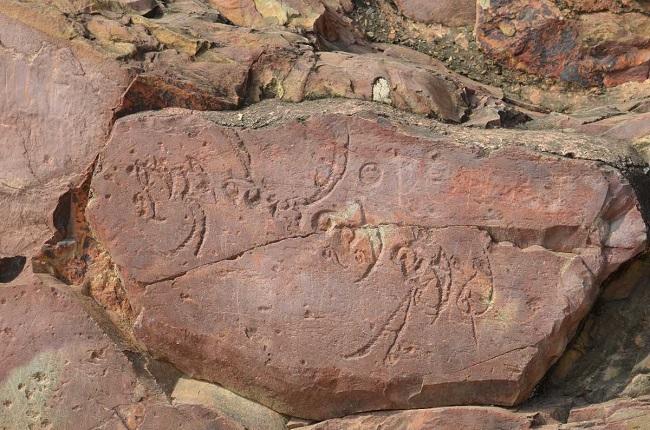
Jarasandha’s, Baithak
Jarasandha’s Baithak is located near Vaibhava Hill. It is a rectangular stone at the foot which was used when Jarasandha of Mahabharata was under the ruler of Magadha. The locals believe that the place used to be an outpost of the military and that was used as living quarters for the soldiers. The rock has two parallel cuts on it, as the belief is that Lord Krishna made the cuts himself during the battles between Jarasandha and Yadavas.
Cyclopean Walls
The Cyclopean walls, dating back to 2500 years and are 4 meters wide and encircle the city, with a 40 km long wall. It was built by the Mauryans with the objective to fortify the city. Today most of it partly stands in ruins.
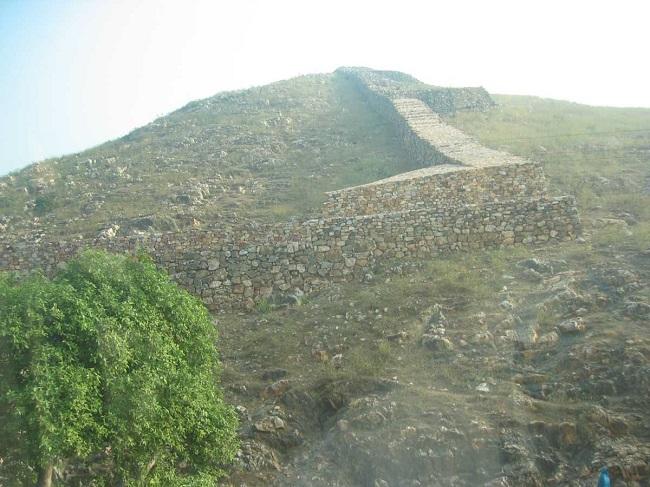
Jivaka’s Mango Garden
Jivaka’s Mango Garden is located in the Jivakameavan Gardens in Rajgir City. Jivaka was the Royal Physician of Bimbisara and Ajatashatru, the Magadha rulers. He had his dispensary within this garden gifted to him by Bimbisara and used the plants here to make Ayurvedic medicines and cure his patients. Jivaka was famous for being the one who treated Lord Buddha’s wounds when Buddha came to him for treatment.
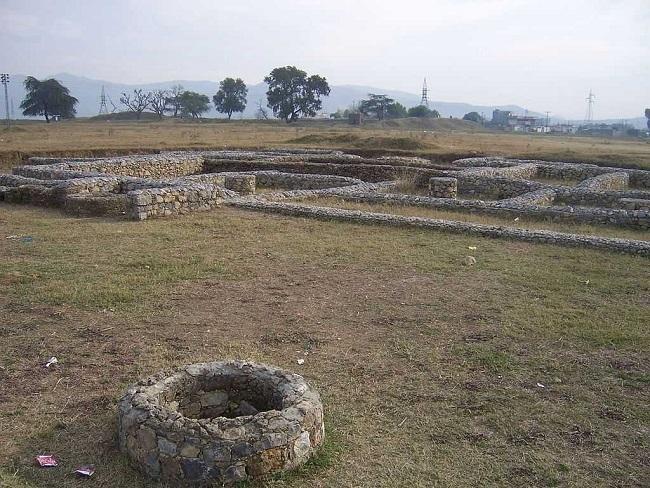
Conclusion
The Archaeological Site of Nalanda Mahavihara is spread over an area of 23 hectares. Its present remains of dating from the 3rd Century BCE with the longest-serving monastery and scholastic establishment in the Indian Subcontinent from the 5th Cen CE – 13th Cen CE before the sack and abandonment of Nalanda in the 13th Century. Nalanda city is a great Geotourism attraction, that includes stupas, chaityas, viharas, shrines, votive structures, and important artworks in stone and metal.
How to Reach Nalanda Bihar
The nearest airport is Patna Airport, which is 101 km from here. Rajgir is the nearest railhead, located about 12 km from Nalanda. Trains from Delhi, Patna, and Gaya do halt at the station.
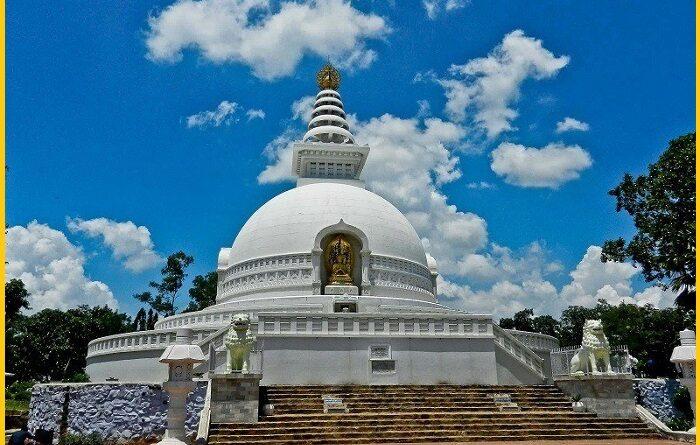

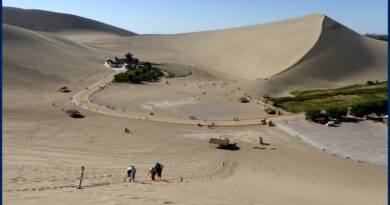

Pingback: Get Rid of 'DUBROVNIK City Walls Croatia' Once and For All - Geotourism